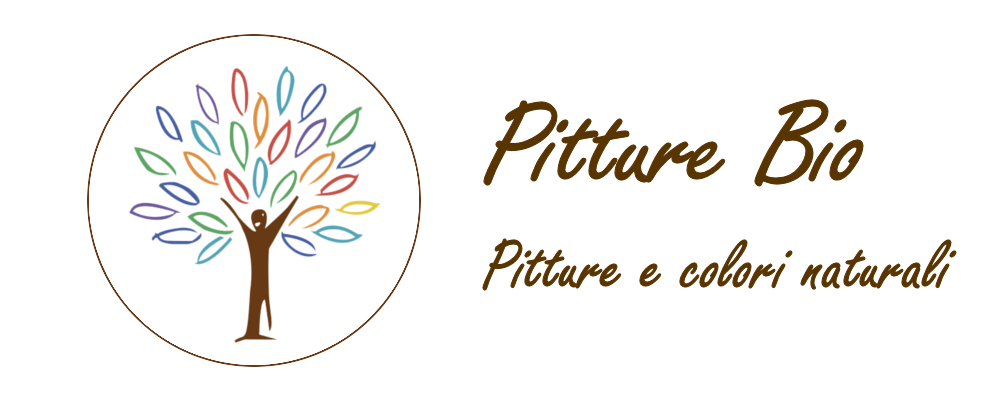The transition from prehistory to organized civilization is indicated by almost all historians with the birth of the Egyptian empire, whose beginnings before the great dynasties date back to around 4000 BC. Certainly for the history of color the Egyptians mark a real turning point and in their long history the colors and techniques discovered by this ancient civilization are innumerable and many of these are still used today, using the same extraction and preparation techniques that the Egyptians taught the world.
The first evidence of the use of color attributable to the Egyptian empire was carried out by the archaeologist Renee Friedman of the University of Oxford in the city of Nekhen (now Kom el Ahmar) who found the oldest Egyptian wall painting inside a tomb. Here the natural pigments used are still those that marked prehistory: yellow and red with ochre earths and black and white with soot and limestone. But this will remain a starting point for Egyptian art which from that moment in the remote past had before it an empire lasting over 3000 years, rich in innovations and changes that have profoundly marked the future of art and human history in general.
The Birth of the First Cold Colors
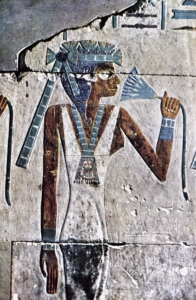
Example of the first use of cold colors in history art
When ancient Egypt passes from the protohistory of the legendary Scorpion King and begins the history of the first great dynasties such as those of Tinis and Memphis, also in the history of color great changes occur that will mark all the centuries to come. This revolution in the use of color is also due to the existential and religious philosophy that has distinguished the Egyptian people, in fact just as it happened for primitive man, the use of painting especially in its initial phases was closely linked to the funeral rite and the need to express abstract concepts that were easier to paint than to explain in words.
It is precisely from the need to make their representations increasingly realistic and precise that a search for colors is born that has led to a rapid development in the technology of pictorial materials and during the III and IV Dynasties we see an increasingly complete range of colors appear that also includes colors such as green and blue, colors until then unknown that will instead distinguish the entire history of the art of the ancient Egyptians.
This art made of extraordinary colors obtained with methods also quite sophisticated as we know did not remain limited to the tombs but quickly began to be part of the daily life of this civilization that used to decorate many points of interest of common life such as temples and large palaces but also statues and common objects of stone or wood. Until reaching the famous hieroglyphics, where all the art and experience of this people in the creation and use of colors comes out in all its magnificence with works that still today are able to amaze for their beauty.
The Development of Color Craft
What has made Egyptian painting famous in all corners of the world is not only its beauty and artistic value, but also the impressive ability to preserve this art over the centuries with methods that obviously only involved the use of raw materials that nature in those areas could provide.
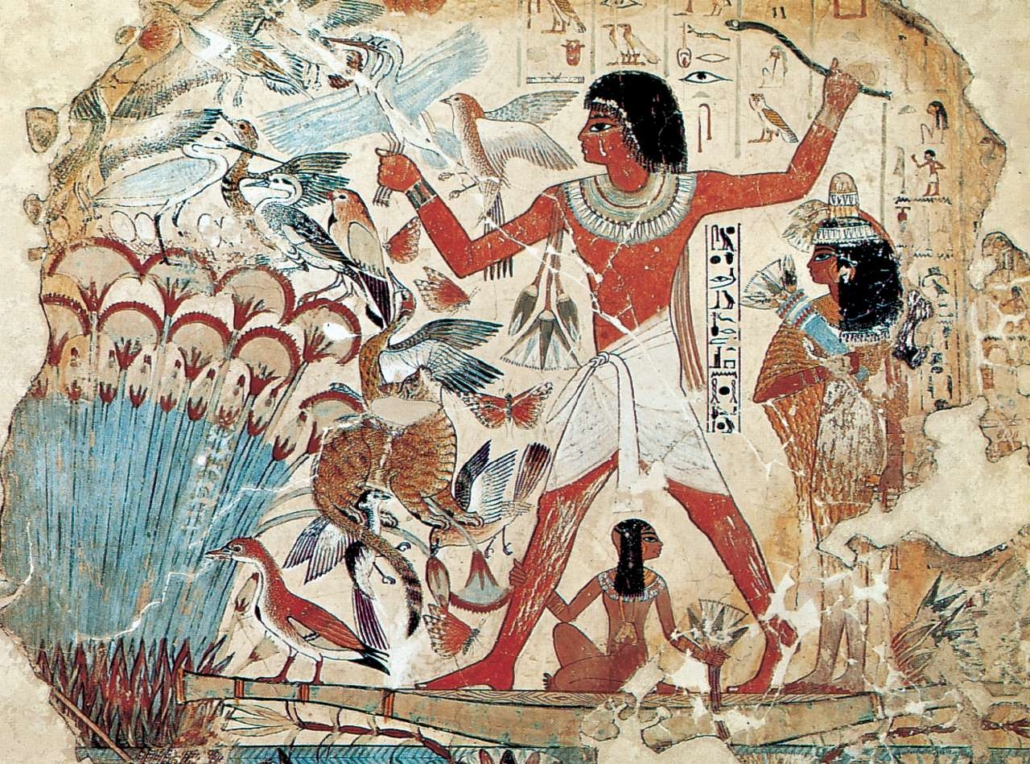
The Egyptians soon understood the importance of the base for the success of their decorations and paintings and this is how what can be defined as the first plaster in history was born, made with the famous silt of the Nile River, carefully choosing the area where the clay deposited by the water mixed with the limestone rocks and the sand of the desert, creating in a completely natural way a plaster that would last centuries and that lent itself perfectly to the expressive need of Egyptian art that became increasingly complex with the passing of the years.
Even the use of plaster, which we have seen was also used in prehistory to produce the first whites, in the hands of the artisans of the ancient Egyptians took on many important roles in decoration and new techniques were created that we still use today, including that of stuccoing the walls or that of preparing a layer of plaster as a base for painting, thus ensuring continuity in the surface and uniformity of color absorption. It is not surprising, therefore, that those belonging to the category of craftsmen who knew the secrets of decoration were very high up in the hierarchical ladder of ancient Egypt.
The Colors and Natural Earths of Ancient Egypt
Ancient Egypt is undoubtedly one of the civilizations that has been the subject of the greatest number of in-depth historical and archaeological studies and there are many researches of every kind and nature on this extraordinary people, therefore the information on the colors and materials used are numerous and precise despite the distance in time. Thanks to literature and chemical science it is possible to trace precisely the pigments used in Egyptian decorations without however missing a part of mystery that has always accompanied the history of this civilization, in particular on some colors and techniques that even today are impossible to decipher with precision. Here are the main colors and the main pigments used to obtain them in ancient Egypt:
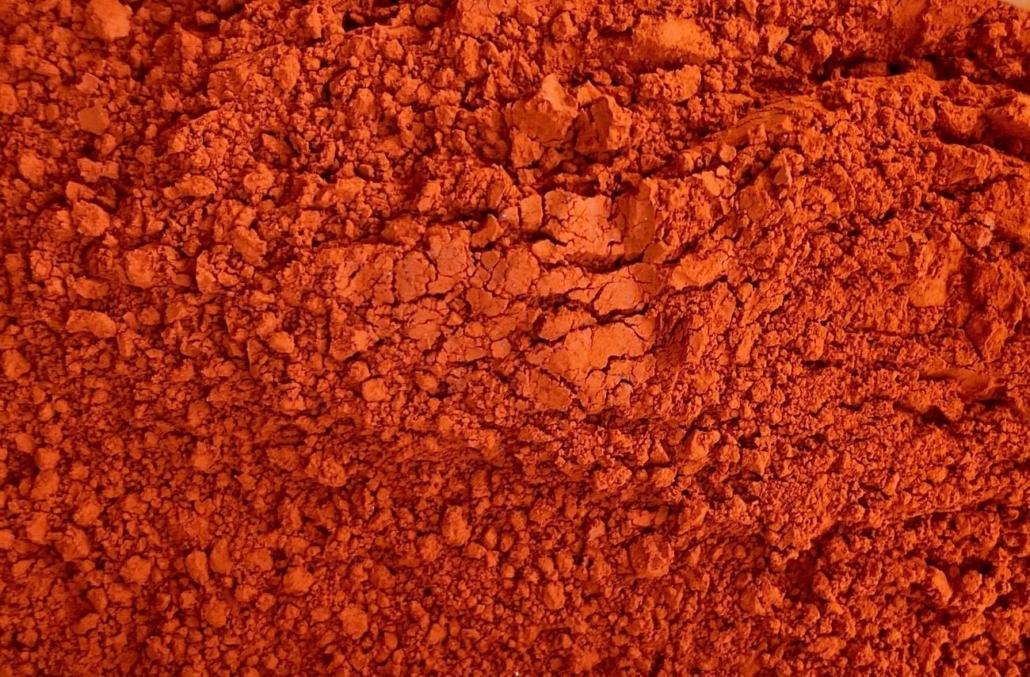
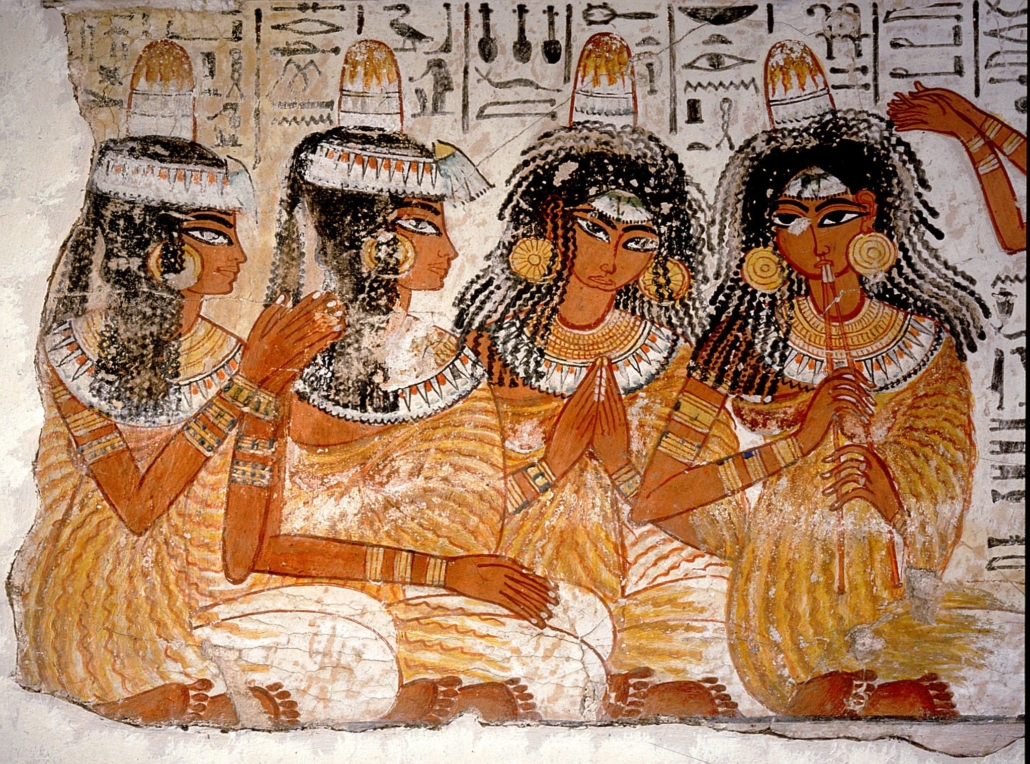
THE REDS
MAIN SOURCES: Red Ochre, Realgar, Minium, Robbia
The most used natural pigment by the Egyptian people is certainly red ochre, which as we have seen was also the first color of prehistoric man who left the oldest traces in the south of France, but also the coastal areas of the Red Sea and Sinai are rich in red ochre of the highest quality and its use soon spread to many sectors of Egyptian craftsmanship and remained one of the main colors used in paintings for the entire millennial duration of the empire. Even if other red pigments were discovered such as those obtained from realgar or minium, red ochre earth has always remained the main source of the red color for its great stability and resistance.

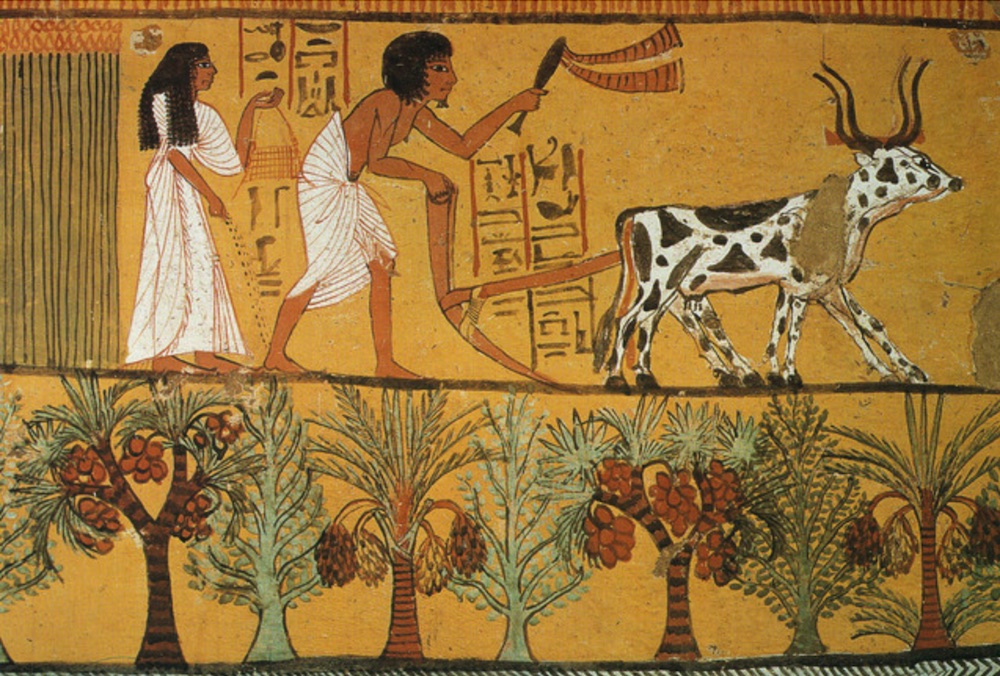
THE YELLOWS
MAIN SOURCES: Yellow Ochre, Orpiment, Massicot
Yellow ochre is also one of the oldest and most used colors in human history and the Egyptian empire is no exception, making extensive use of the color yellow in its artistic representations thanks also to the fact that it had a yellow ochre earth of excellent quality extracted in the area around Thebes and the Libyan Desert. Yellow ochre, like red ochre, has great qualities of stability that made it fundamental in Egyptian art but compared to red, yellow ochre never reaches great levels of brilliance regardless of the quantity used. For this reason, towards the middle of the empire, orpiment began to be used, a mineral from which it was possible to obtain a yellow earth that guaranteed colors that were decidedly more vivid than those of yellow ochre.
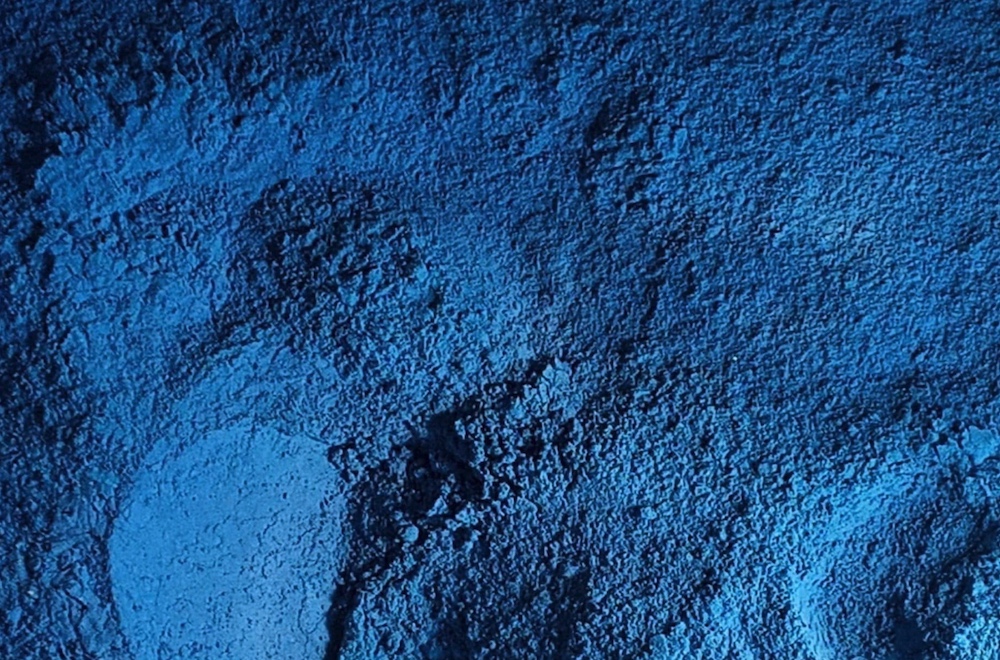
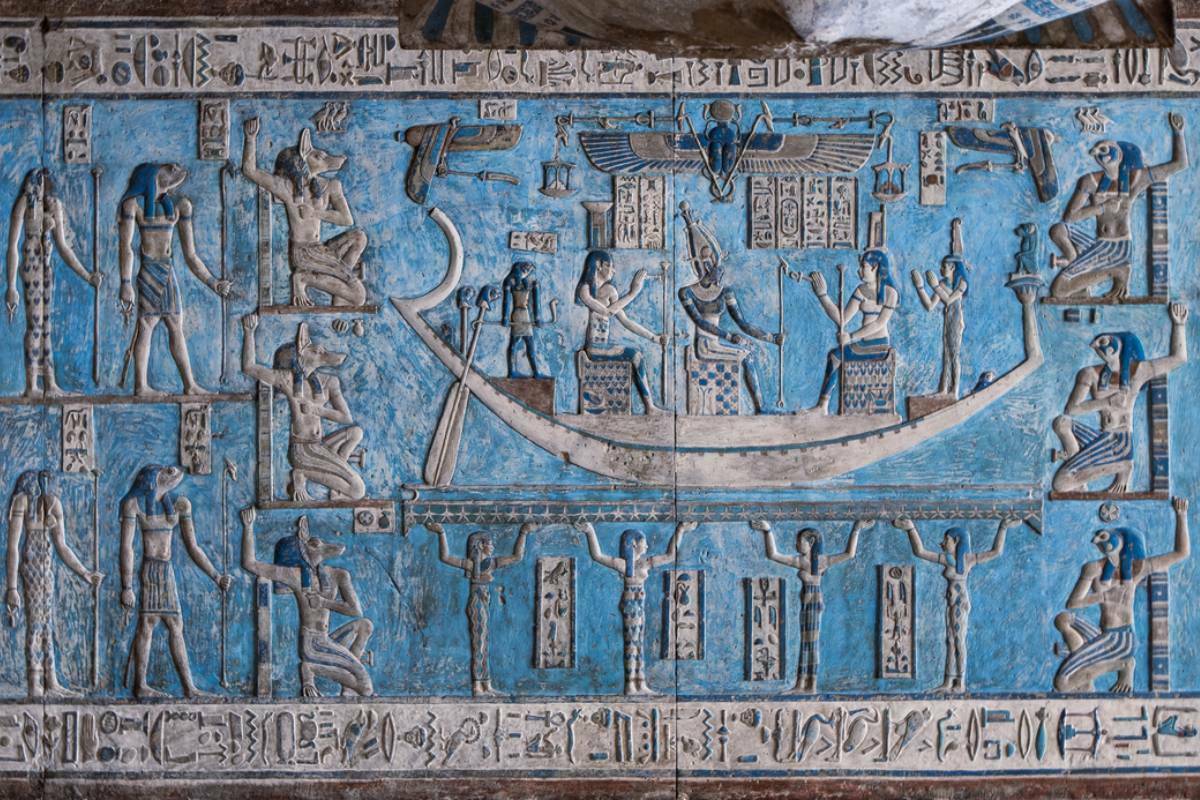
THE BLUES
MAIN SOURCES: Azurite, Lapis Lazuli
Blue is certainly the color that has most distinguished the centuries-old Egyptian art, both in terms of the use of the color itself and the research into methods to obtain it. In chronological order, the first blue pigment was obtained from azurite, a mineral that always comes from the rich mines of Sinai, but it is not a good pigment because it tends to transform over time and therefore this pushes the Egyptians to further research and this is how the most studied pigment in the entire history of this people was born: Egyptian blue. This pigment was obtained by fusing a copper mineral with silica sand, limestone and natron which acted as a solvent. It is surprising to think that this was the result of chemistry from 5000 years ago given that the first certified discovery of the use of Egyptian blue dates back to the III Dynasty.
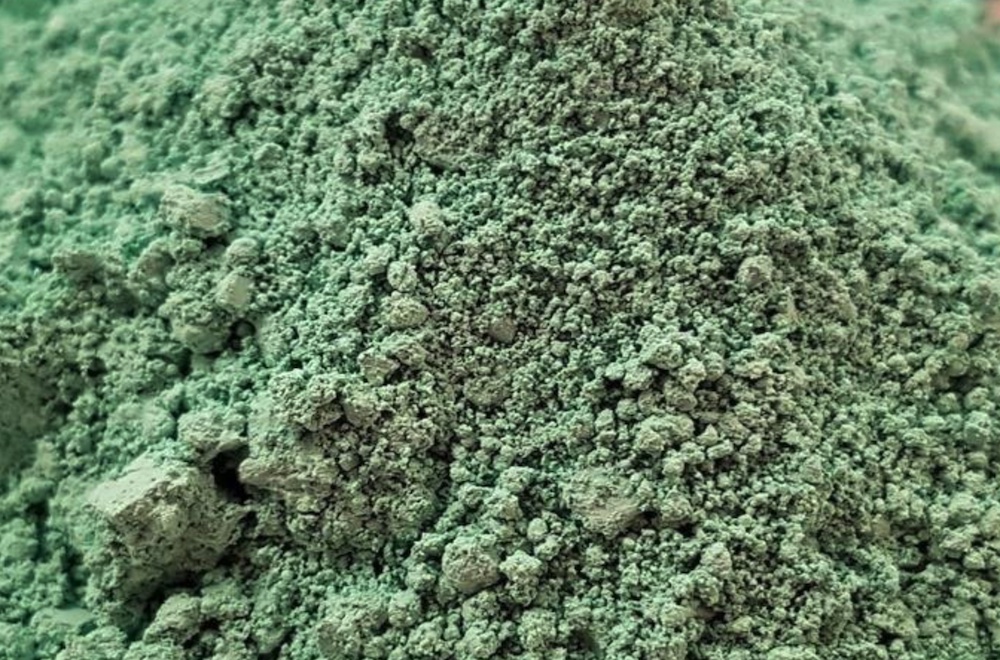
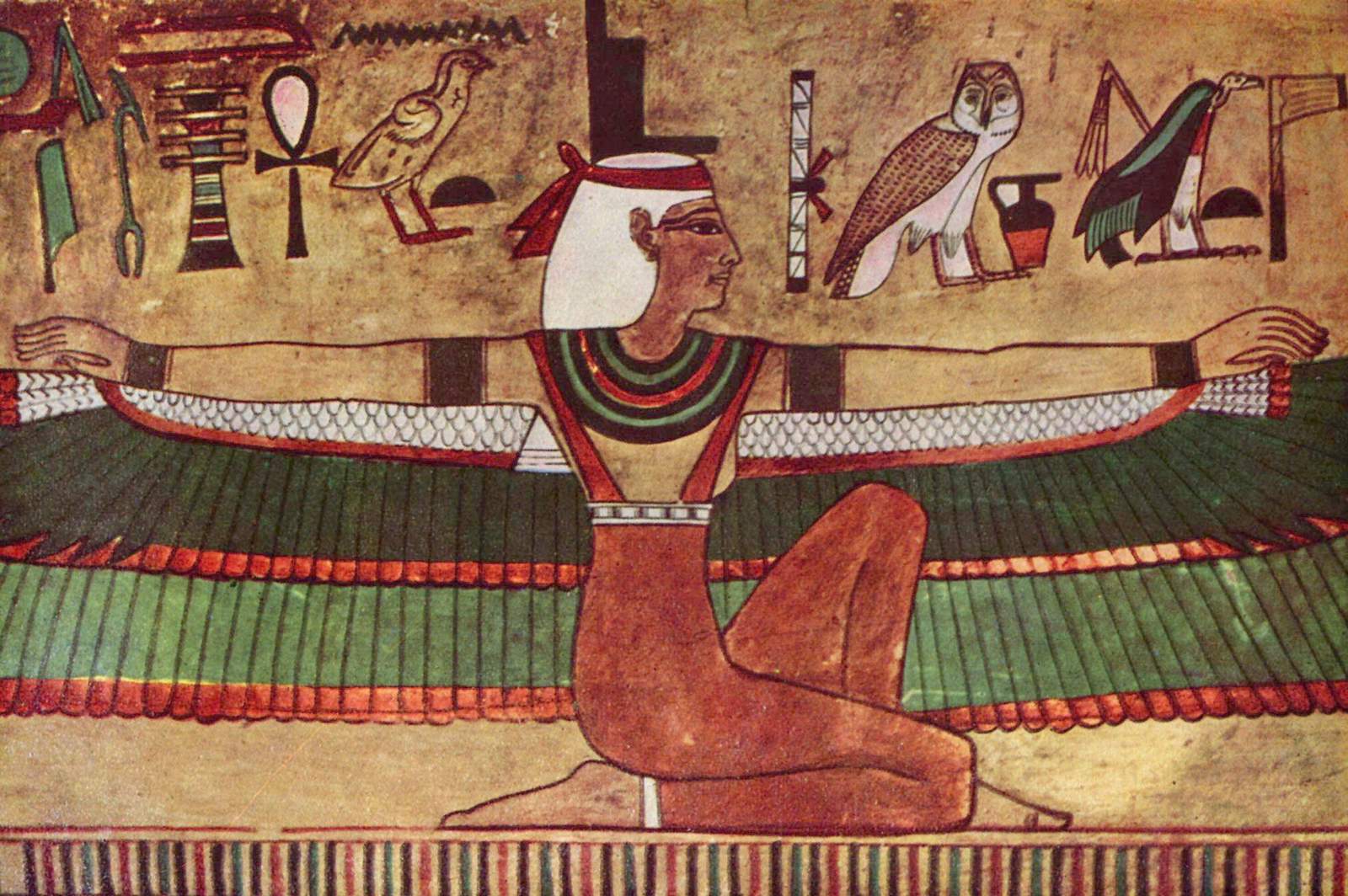
THE GREENS
MAIN SOURCES: Copper, Malachite, Chrysocolla, Paratacamite
The first people to use this color in their art, the main source of green for the ancient Egyptians was copper salt, a pigment that this civilization knew well since the processing of this metal had already been widespread throughout the Nile Valley for centuries. The green pigment from the Sinai mines was so abundant and renowned that it was even exported in large quantities to many other continents such as Europe and Asia and where therefore it is still possible to find traces of green created with this African earth. Another pigment discovered later to obtain a green with greater brilliance was malachite, a mineral rather common in those areas and with a typical green color that the Egyptians extracted and crushed to create a very fine powder that was used in the most prestigious works.
Ancient Egyptian Binders and Varnishes
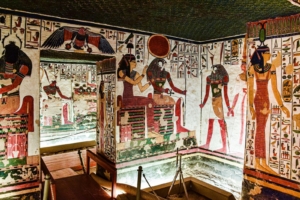
Tomb of Nefertiti with Ancient Decorated Walls Perfectly Preserved
It is easy to imagine what the main binders for the pigments that the ancient Egyptians used were. The most widespread was certainly gum arabic which was obtained by carving the trunk of the acacia tree, a sub-desert plant that was very common in the territories of the empire. In addition to gum arabic which was undoubtedly the most important, it is also possible to imagine the use of the most common binders of the past such as animal glue, obtained by boiling bones, horns and hooves or beeswax which could also be used as a protective.
The Egyptians were the first people to create real wall paints that began to be used starting from the XVIII Dynasty and which had the same purpose that paints have today; to embellish the environment making it healthier and more welcoming but also to protect the walls thanks to the protective layer that is created. These paints were highly resinous and how the ancient Egyptian craftsmen managed to apply them without using solvents remains a little mystery to the world of ancient decoration.
For those who would like to delve deeper into these topics, we recommend reading the beautiful book by Luciano Colombo “I Colori Degli Antichi” – Nardini Editore (1995)
